Introduction: A Simple Canister, A World of Meaning
Have you ever opened a fresh tin of tea and been greeted by the rich aroma of perfectly preserved leaves? In Japan, this simple act is elevated into an art form. The humble tea canister, or chazutsu (茶筒), is carefully designed to protect, beautify, and honor the tea it holds.
For tea lovers, especially those exploring matcha or loose-leaf sencha, the right tea canister ensures freshness while adding a touch of Japanese craftsmanship to your daily ritual. Let’s explore why these canisters are so treasured, from their airtight engineering to their timeless aesthetics, and how they can bring a little piece of Japan into your home.
For authentic tea canisters, explore our collection of handmade pieces!
Why Airtight Storage Matters: Preserving the Spirit of Tea
Tea is sensitive. Exposure to humidity (shitsudo 湿度) light, oxygen, and strong odors can dull its fragrance and taste. Japanese tea canisters are designed with airtight seals, often featuring a double lid or an inner lid (uchibuta 内蓋) that locks in freshness.
- Protection from humidity and light: Loose tea leaves and delicate matcha need to stay dry and cool to maintain their vibrant flavor.
- Barrier against oxygen: A well-sealed canister slows oxidation, preserving the tea’s natural sweetness.
- Stackable, space-saving designs: Many modern storage tea tins are designed for easy kitchen organization, while traditional designs remain elegant enough to display.
Quality and Assurance: What to Look For
When choosing tea or a canister, certifications and quality indicators matter. For example, teas labeled USDA Certified Organic assure that they meet high standards for cultivation. Similarly, look for tea canisters made with food-grade (shokuhin-yō 食品用) materials that are lead-free and designed for safe, long-term storage.
Japanese artisans often go beyond functionality some handcrafted canisters are made in small batches, ensuring meticulous attention to detail and longevity.
Design & Aesthetics: A Canvas of Japanese Craft
Beyond practicality, tea canisters are also beautiful objects of art. Traditional Japanese tea caddies are often wrapped in washi paper (和紙) with elegant patterns perhaps soft natural white flowers, delicate geometric motifs, or seasonal scenes.
Some are minimalist, made of natural wood or aluminum, while others combine metal storage tins with a tactile rubber or silicone gasket for a secure fit. Modern designers even create canisters that double as decorative accents, akin to small vases or art pieces.
The aesthetic appeal of a Japanese tea canister transforms your tea shelf into a celebration of culture. And when paired with an authentic handcrafted matcha bowl (chawan 茶碗) or teacup, the experience feels even more intentional and serene.
Materials and Craftsmanship: Steel, Tin, and Beyond
Japanese tea canisters come in a variety of materials, each with unique benefits:
- Tin-plated steel (suzukan すず缶) – Lightweight, durable, and traditionally used for tea storage.
- Aluminum – Modern, sleek, and resistant to corrosion.
- Wood – Natural and warm, often from cherry or paulownia trees for their moisture-controlling properties.
- Plastic (less common in artisanal canisters), affordable but less durable.
Many premium canisters incorporate silicone or rubber gaskets to enhance airtightness while remaining easy to open and close.
Types and Collections: From Everyday Use to Heirloom Pieces
Whether you prefer a simple storage tin for loose-leaf tea or a collector’s piece like a Kotodo tea canister, there’s a style for every tea enthusiast. Some collections are designed for kitchen storage, others for ceremonial tea gatherings.
- Multi-purpose canisters can also store coffee beans, spices, or even small keepsakes.
- Stackable collections keep your tea varieties organized, making your tea ritual smooth and enjoyable.



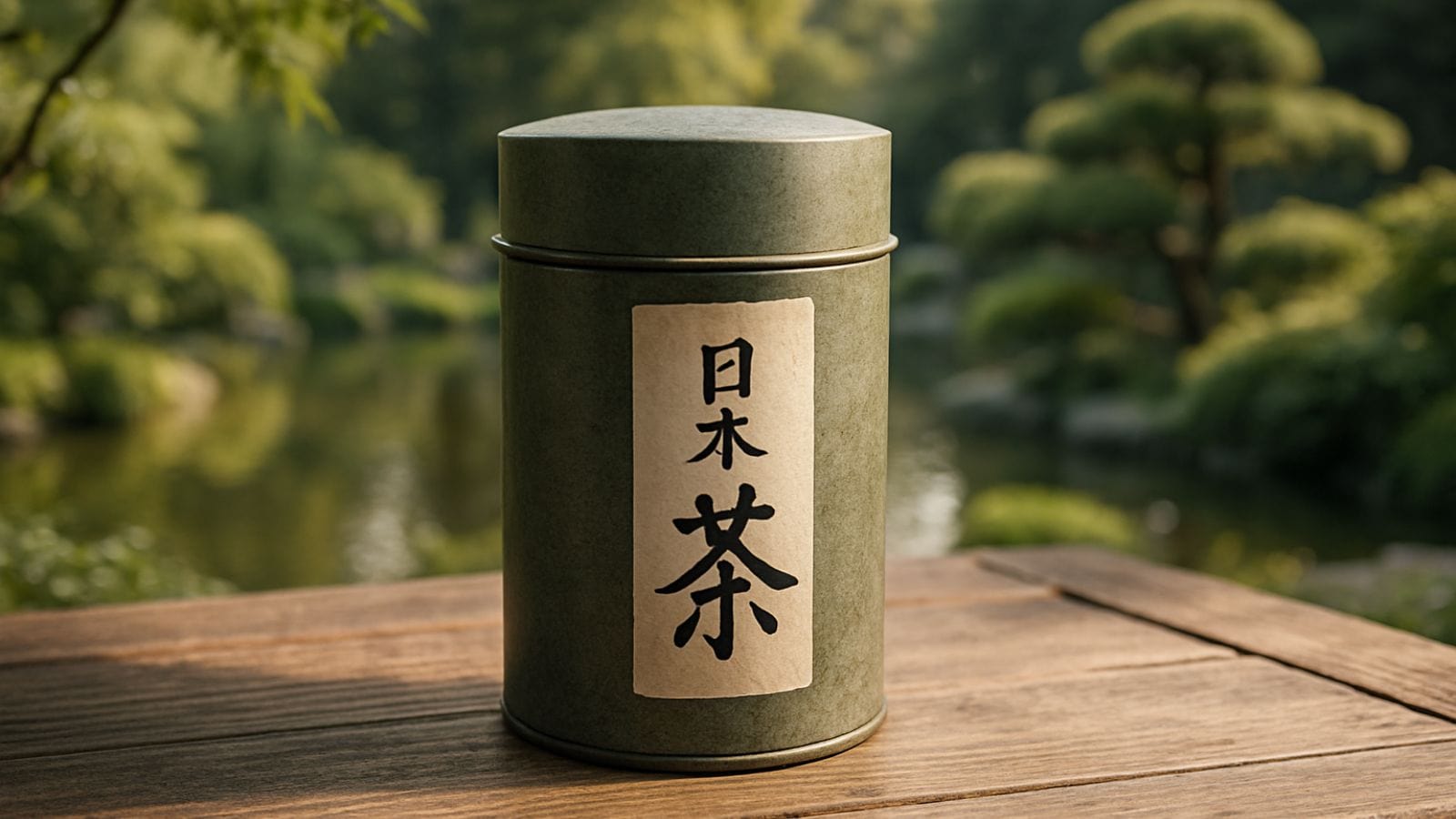


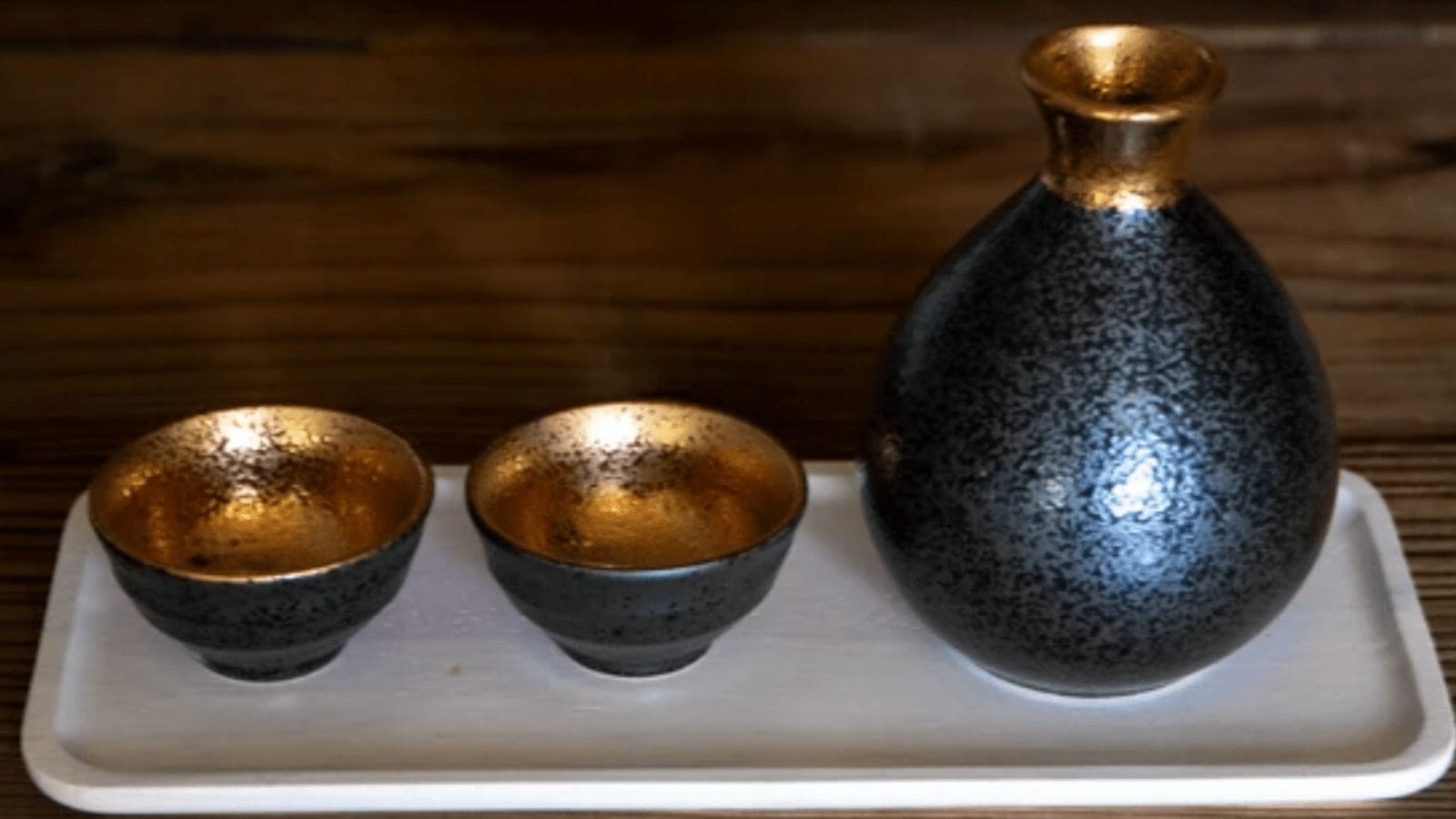
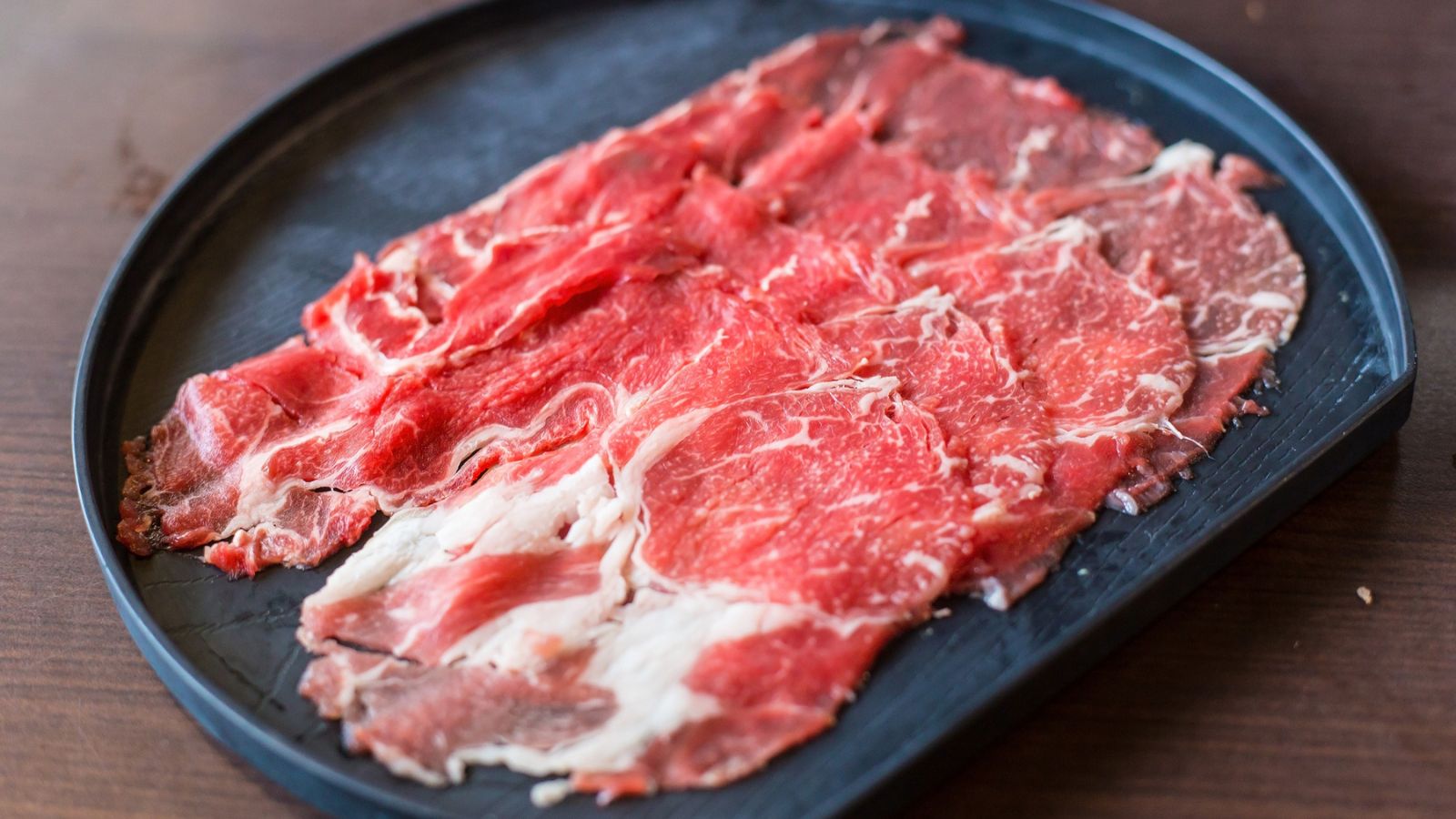
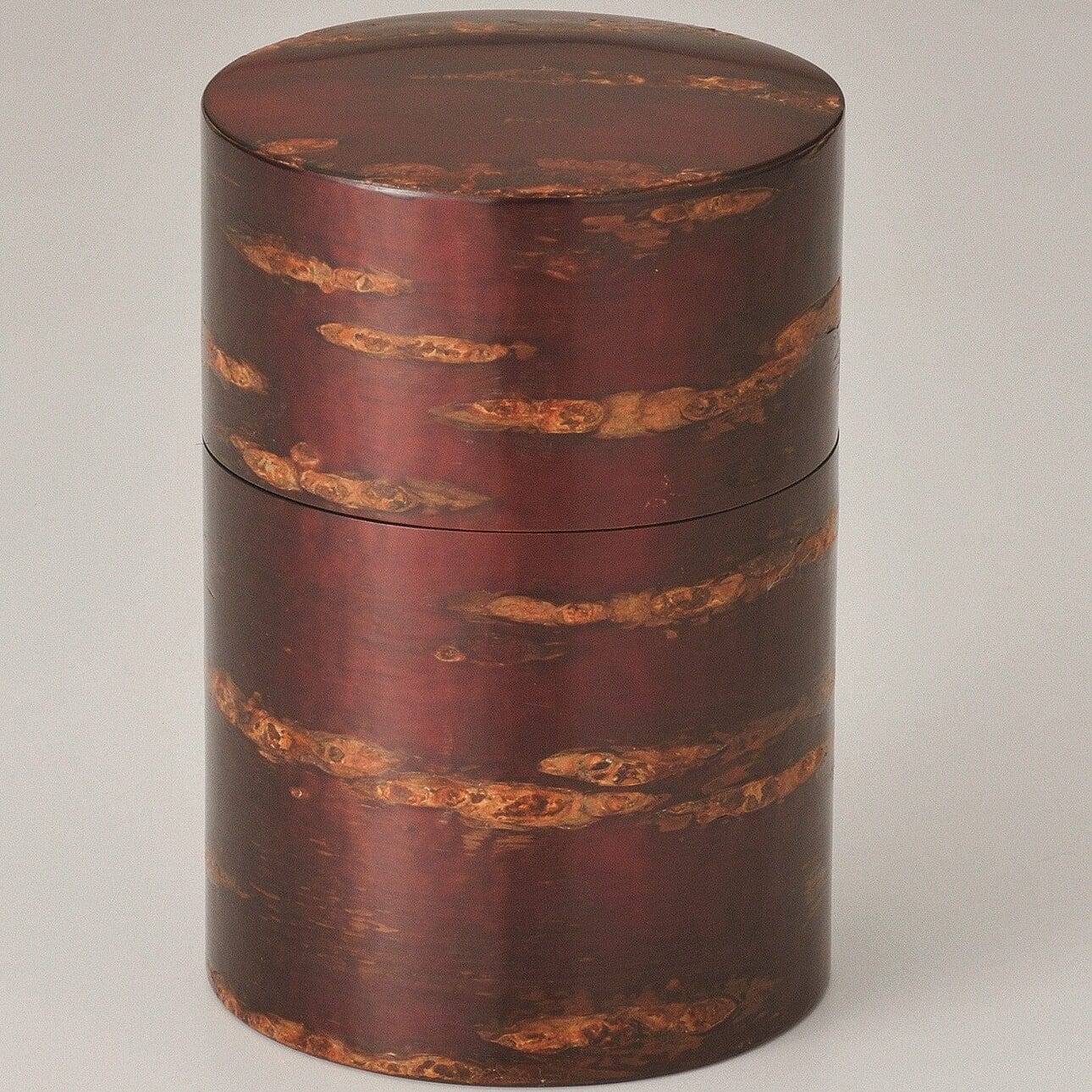
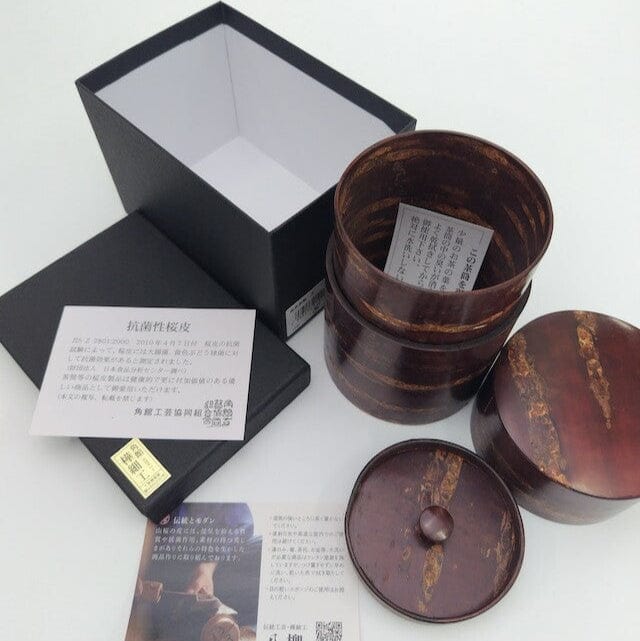
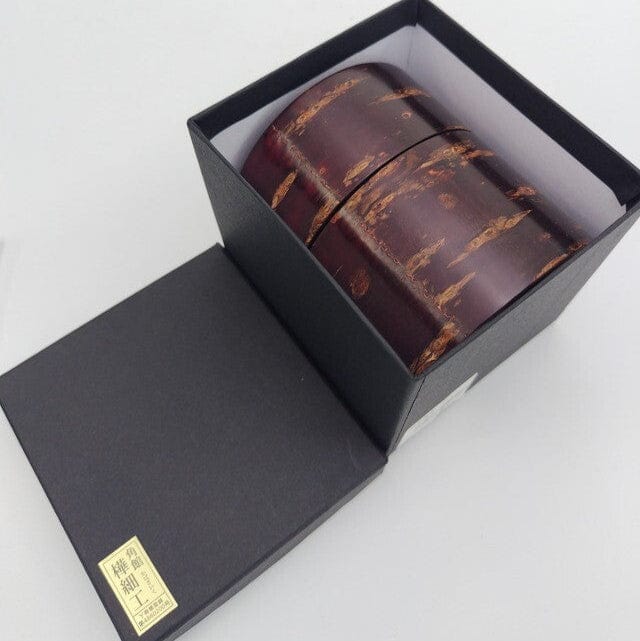
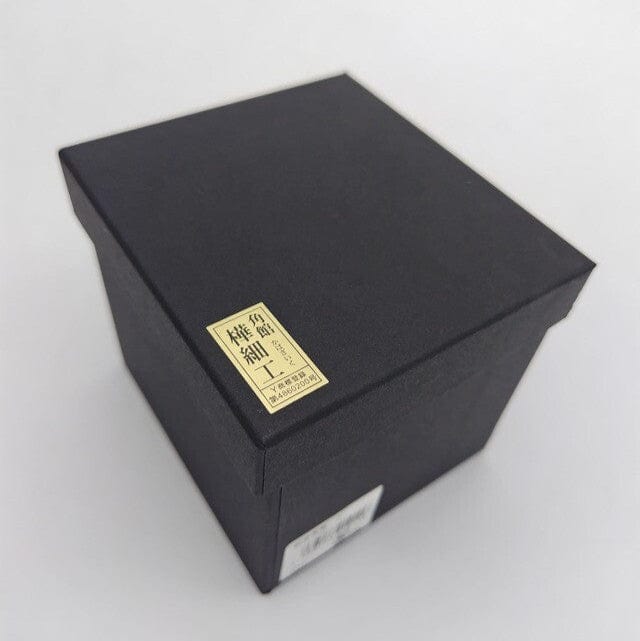
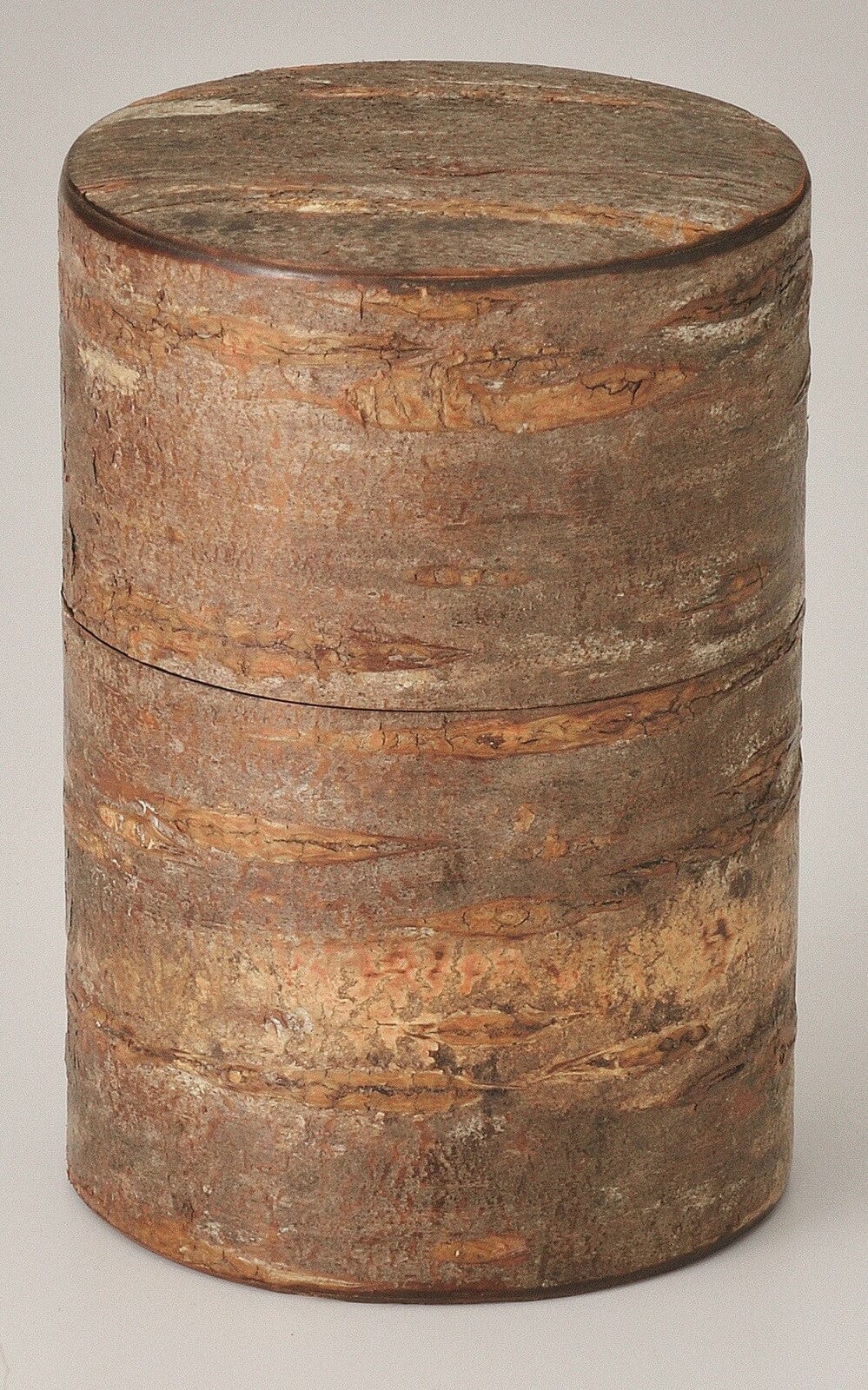
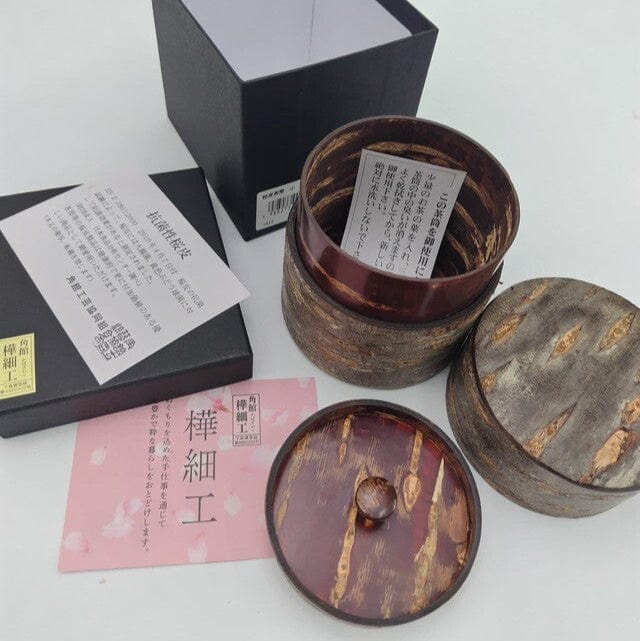
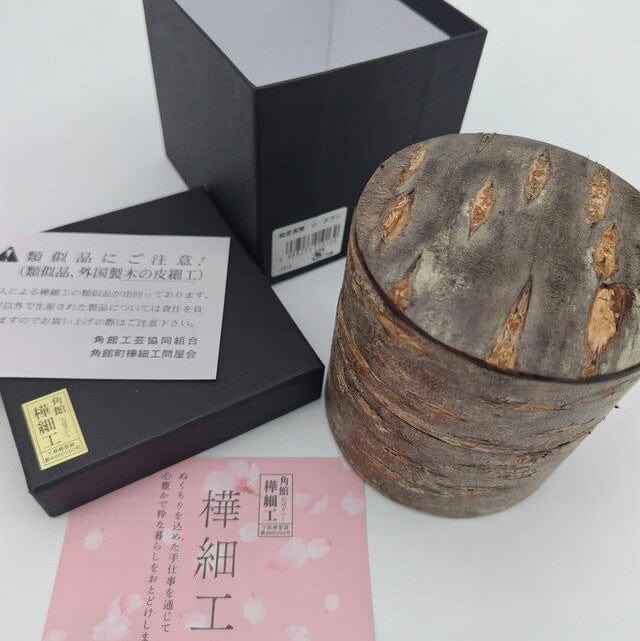
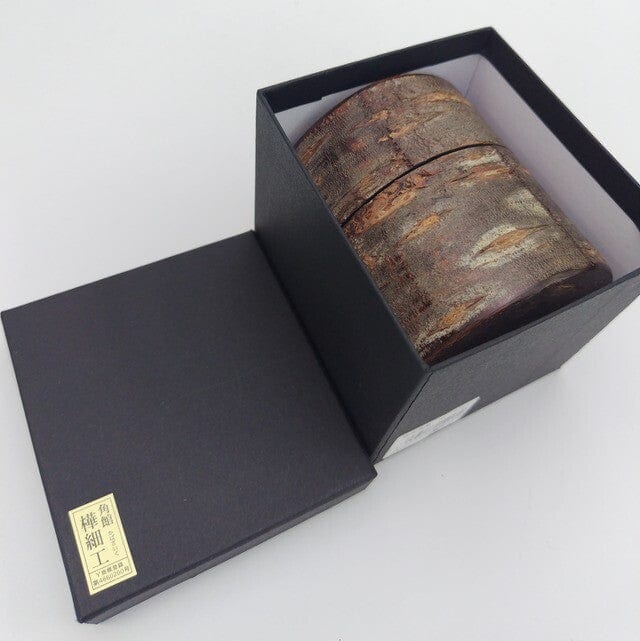
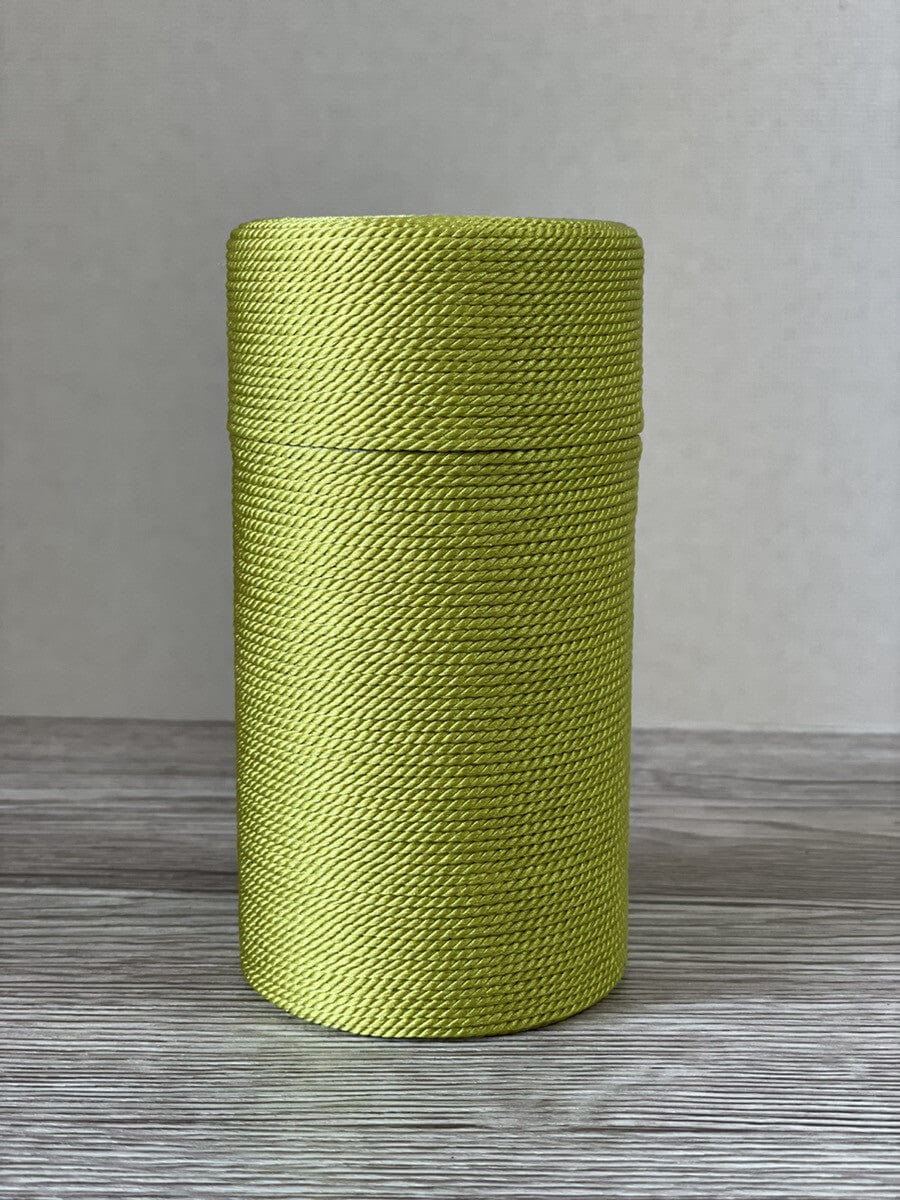
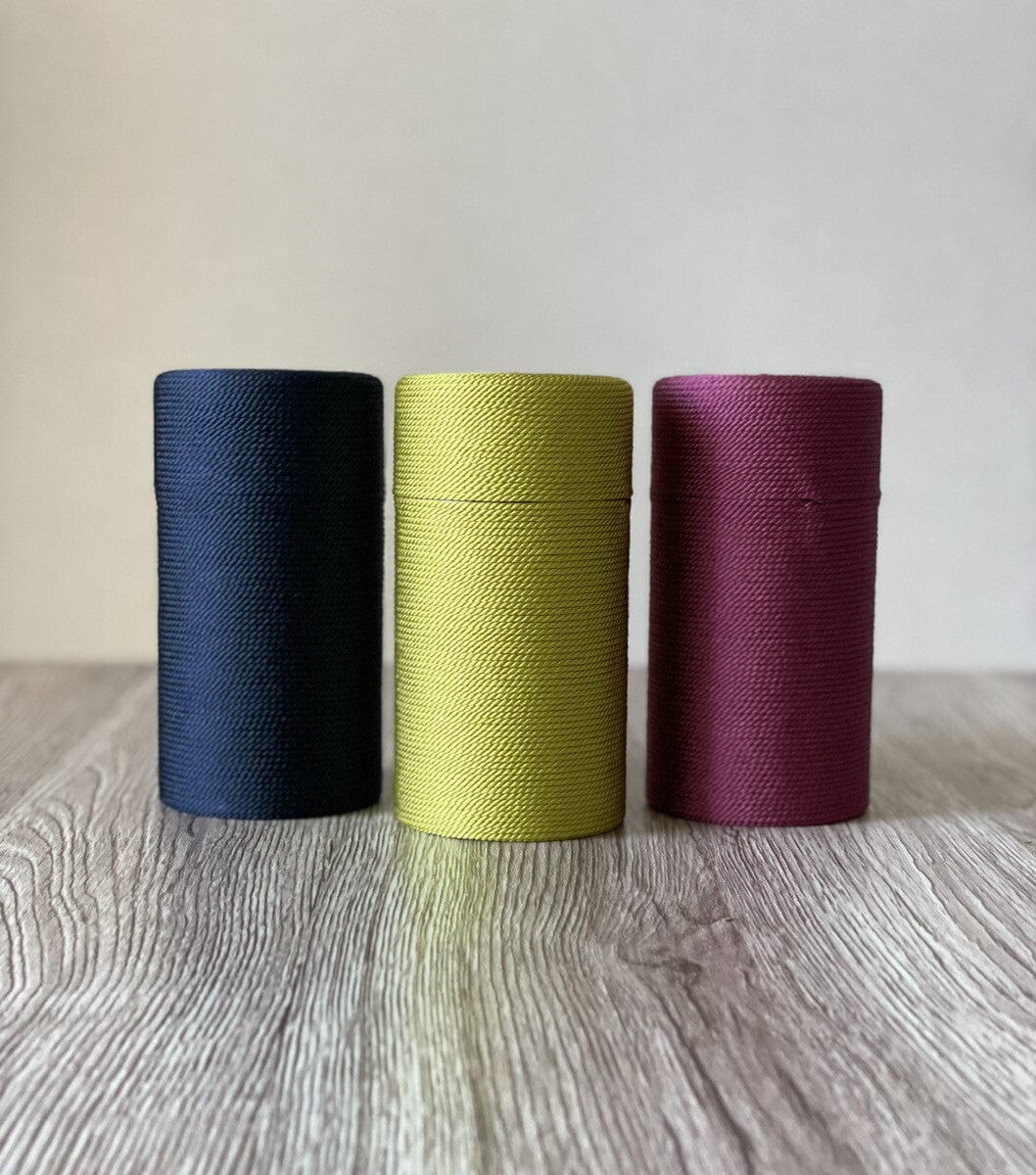
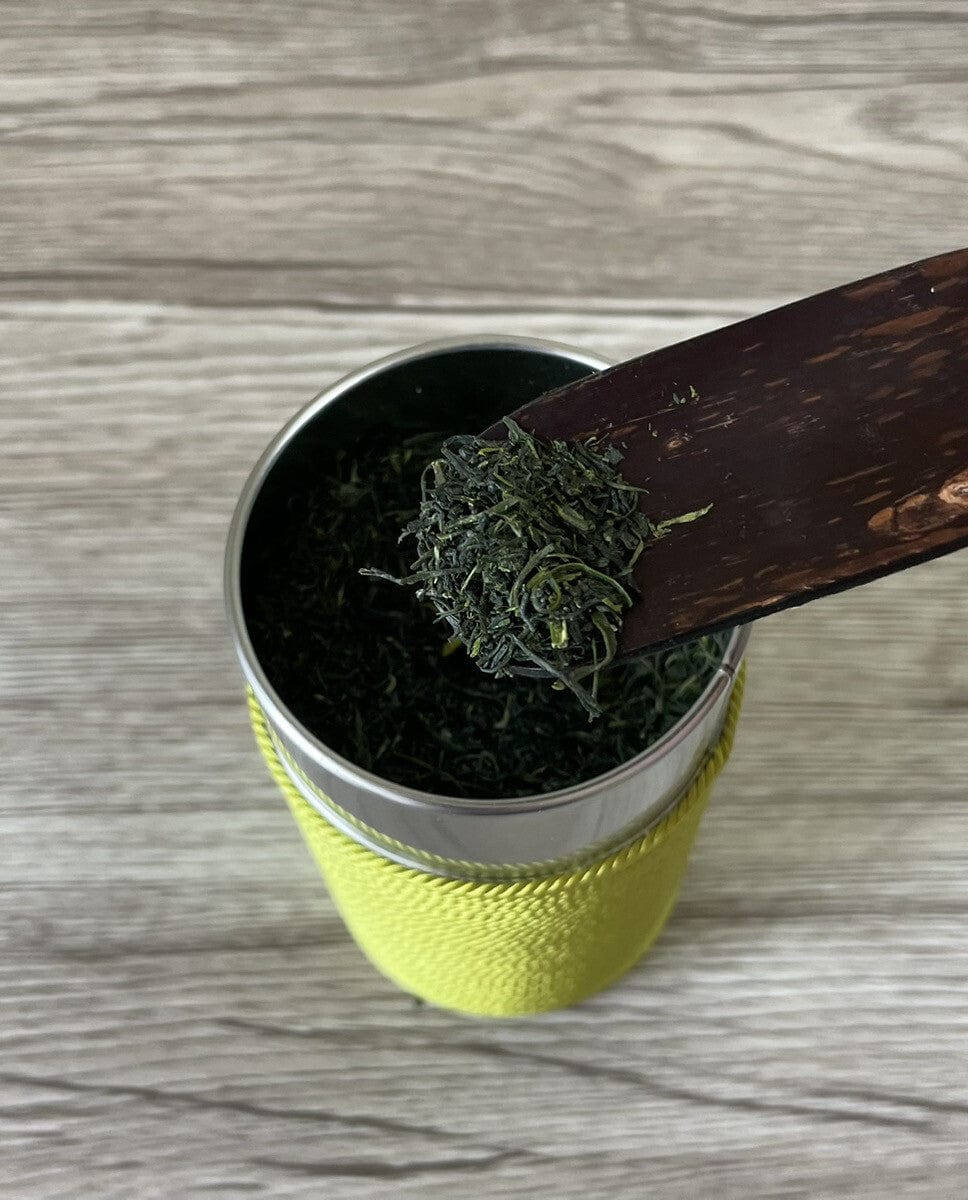
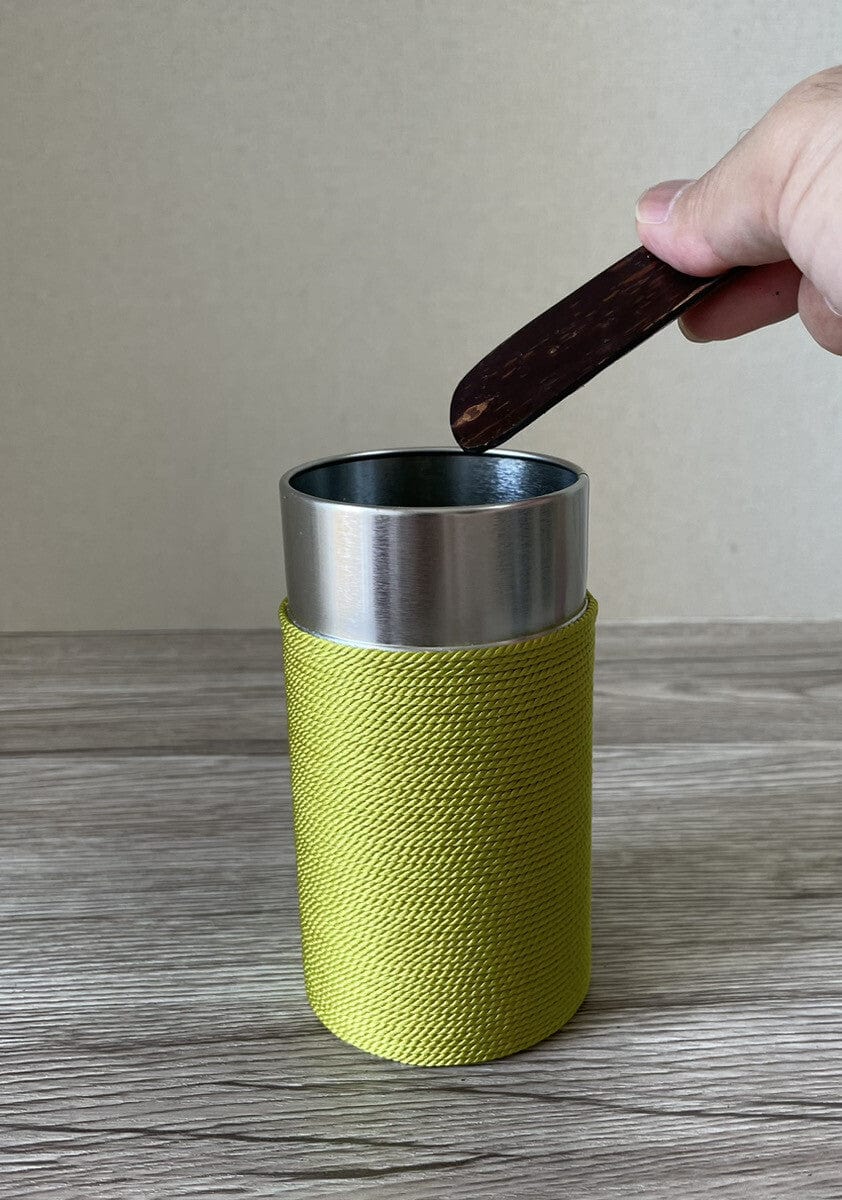
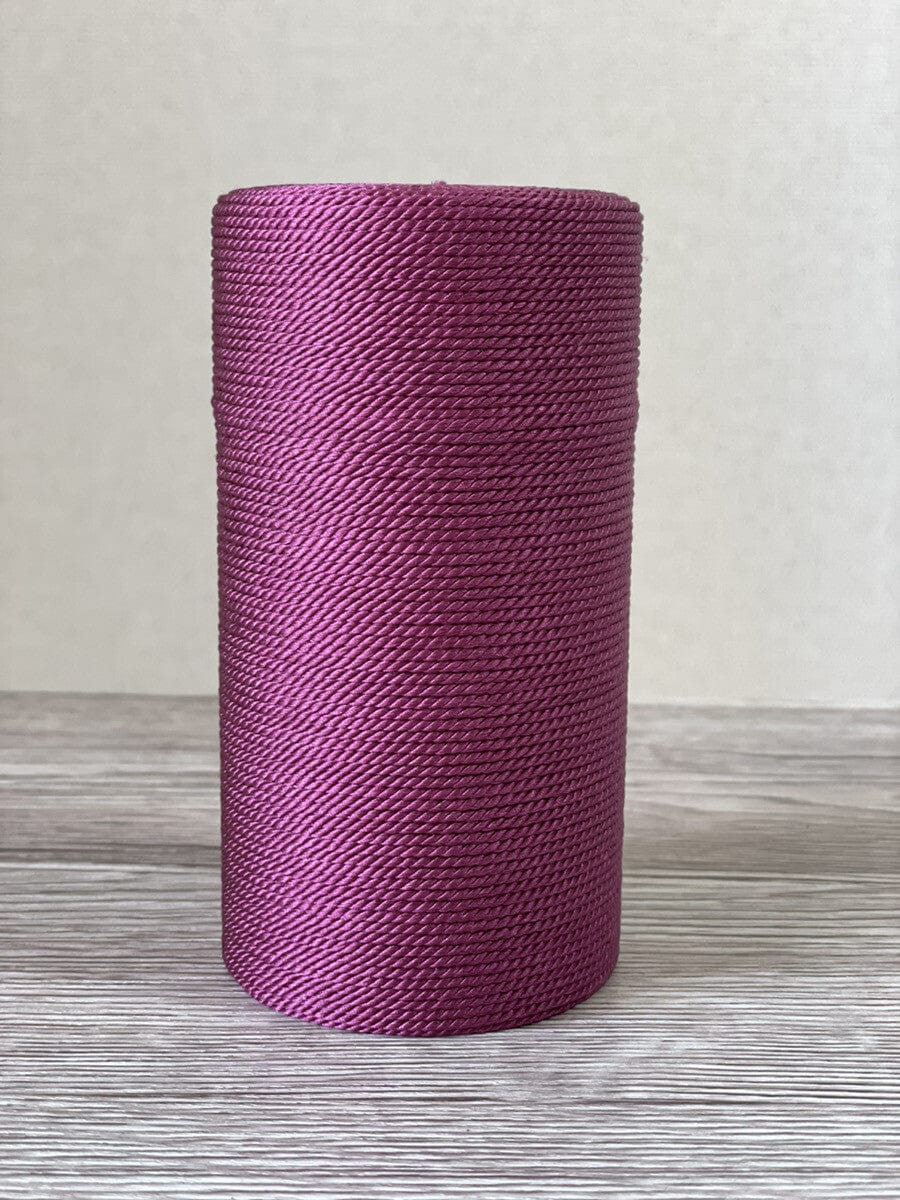
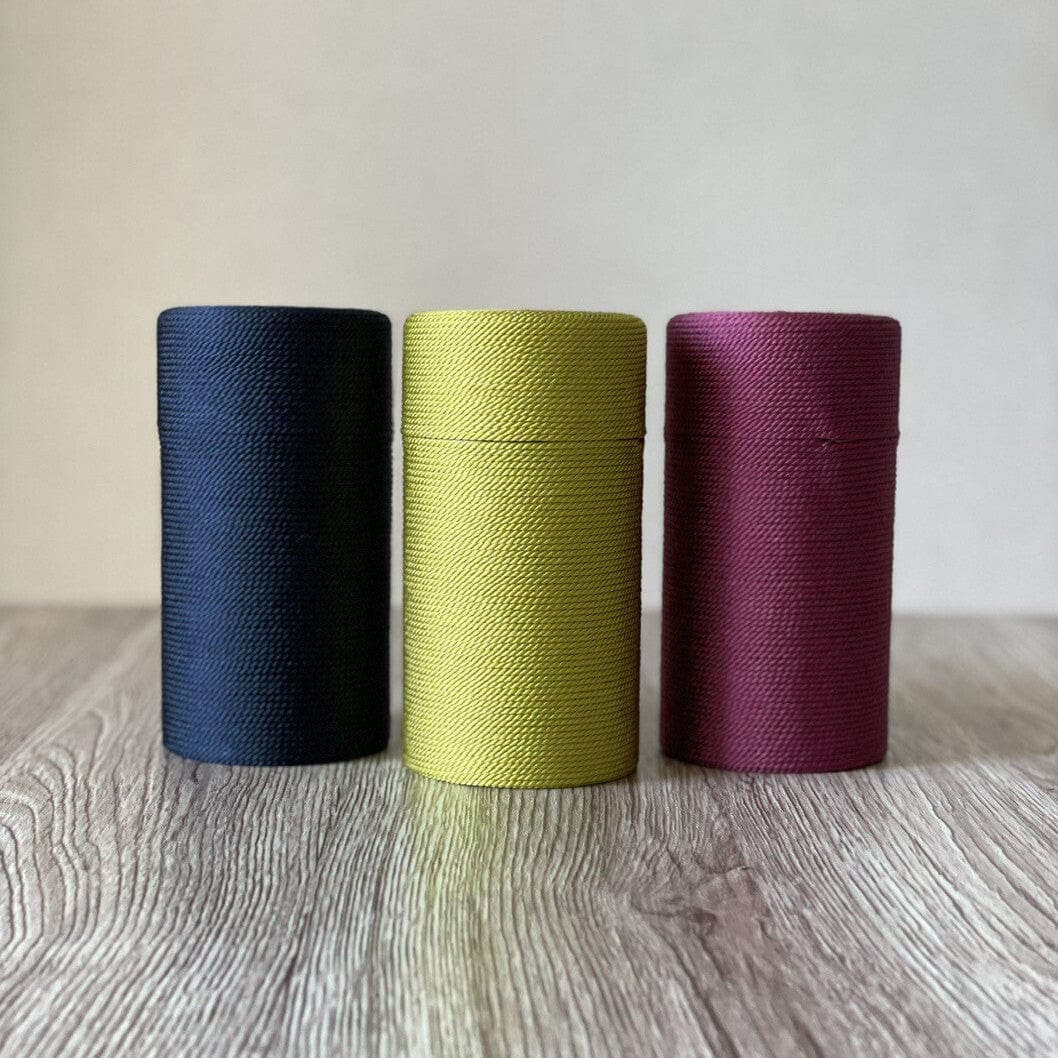
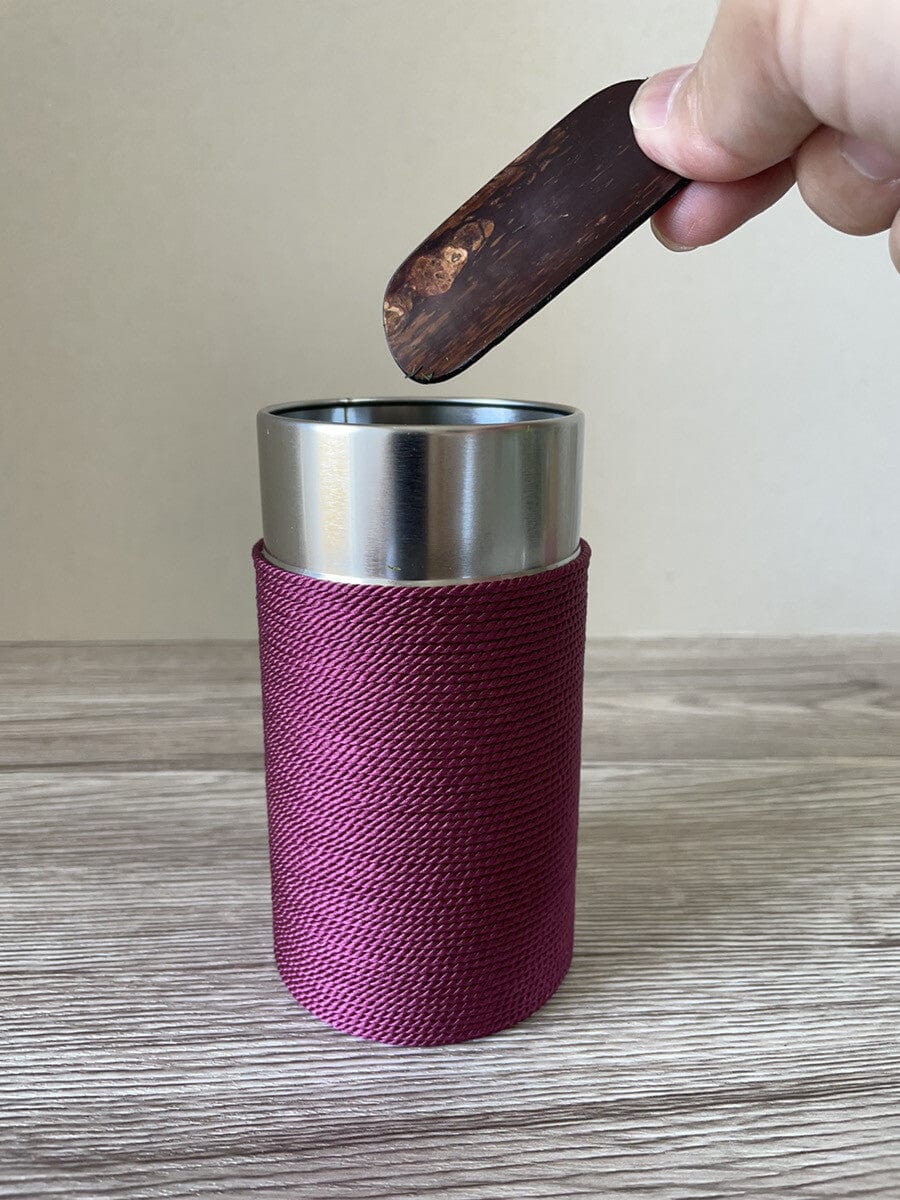
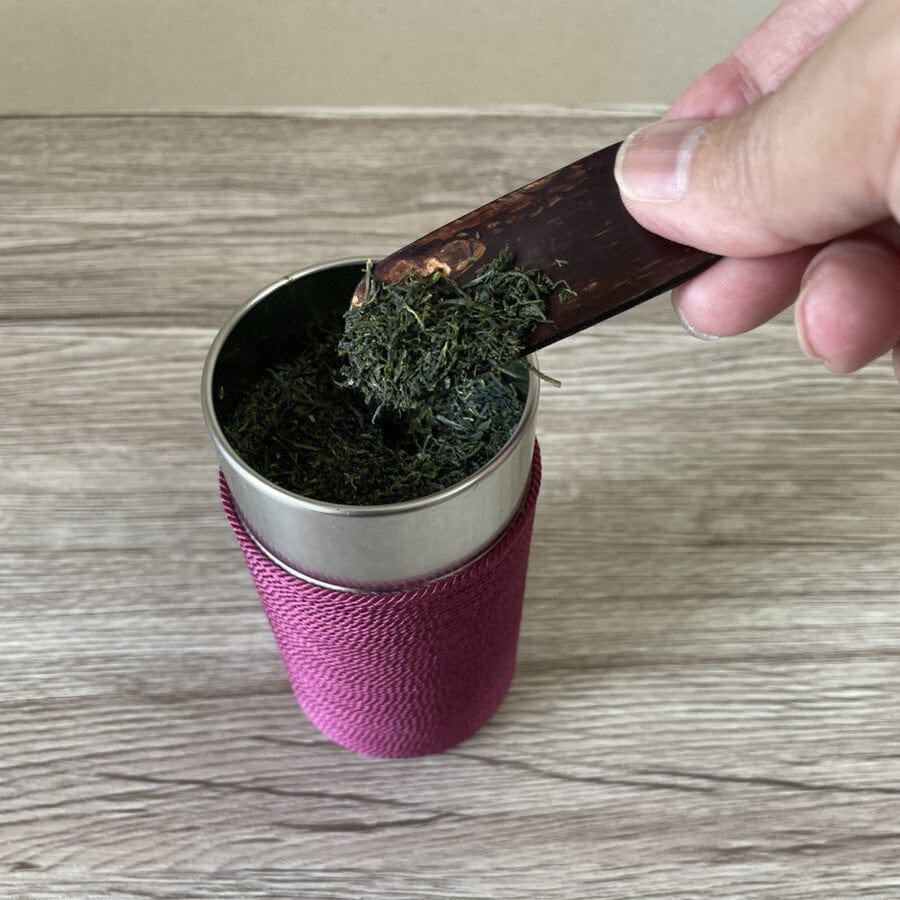
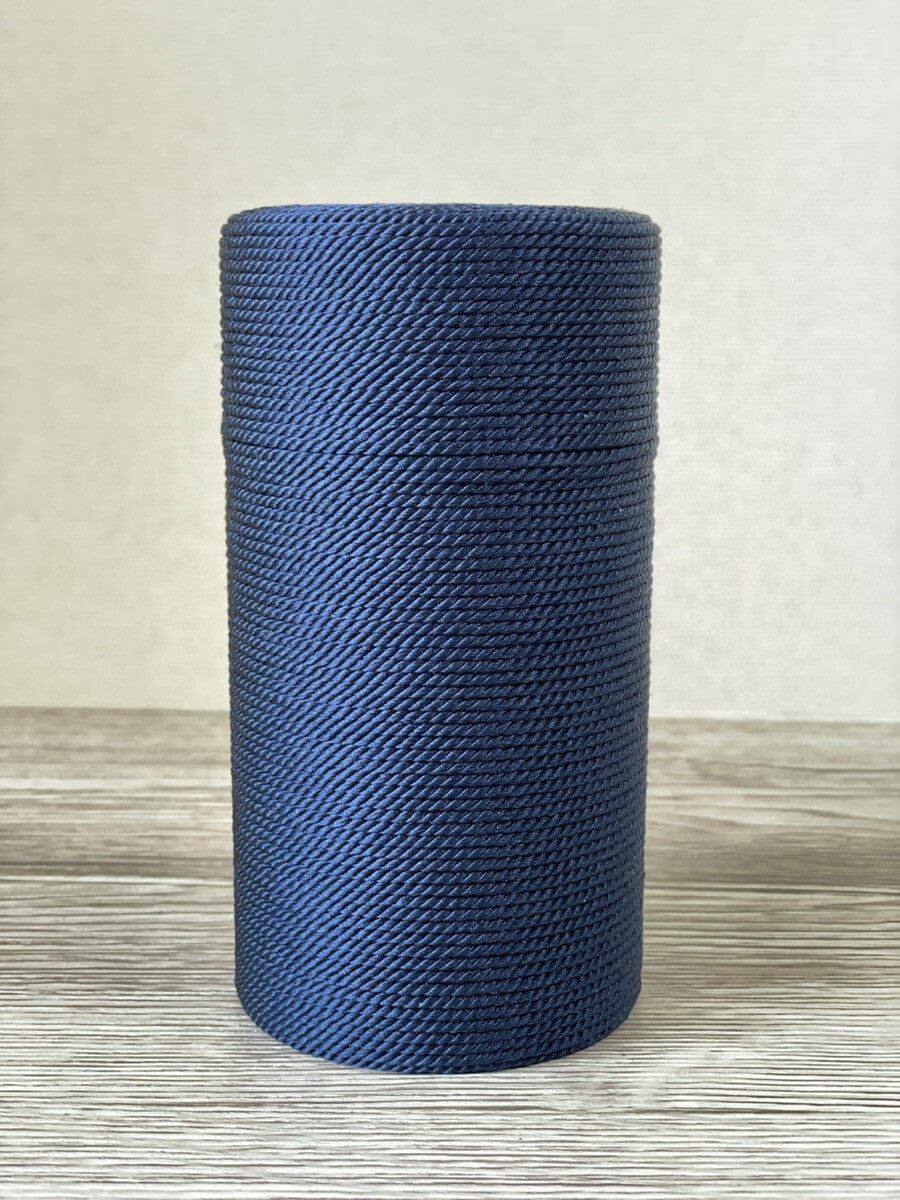
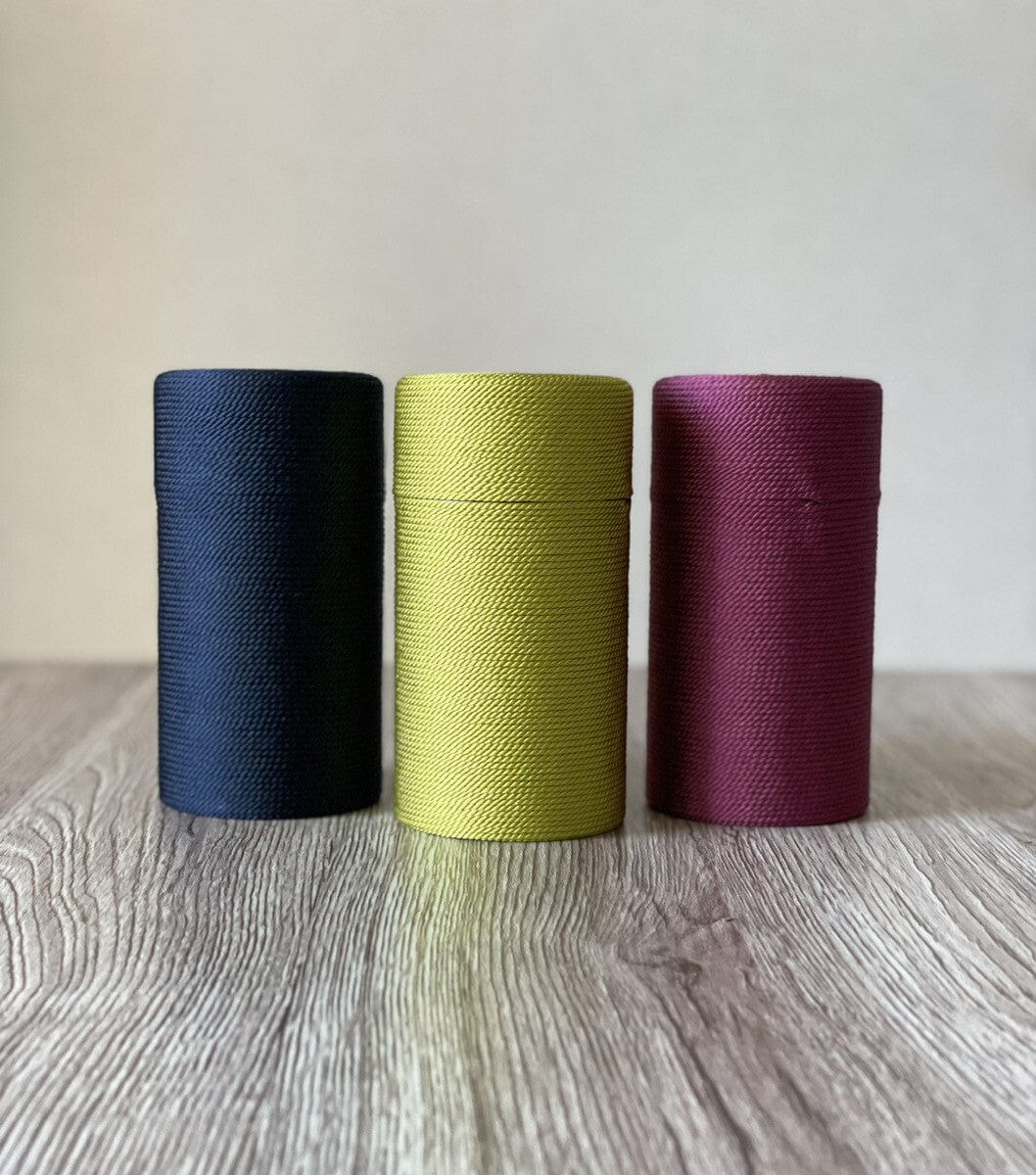
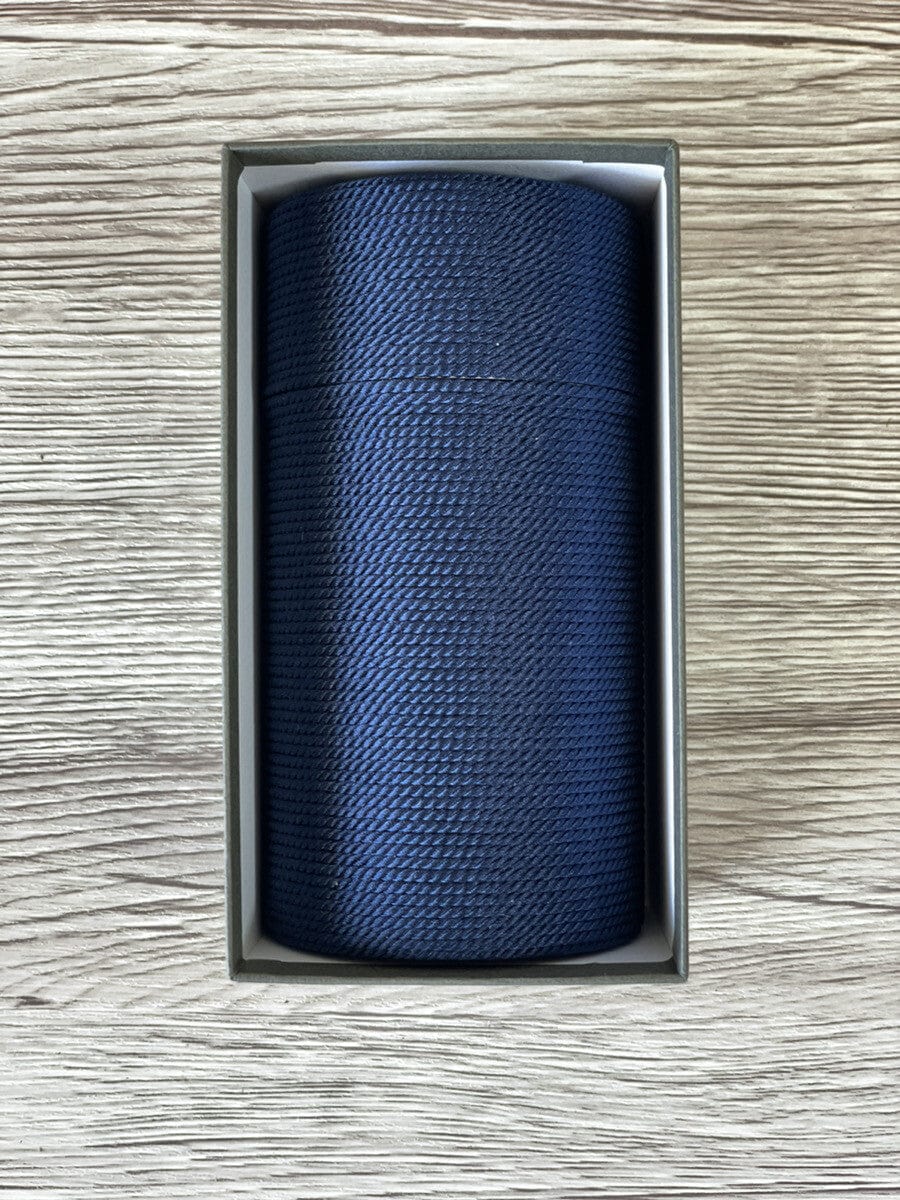
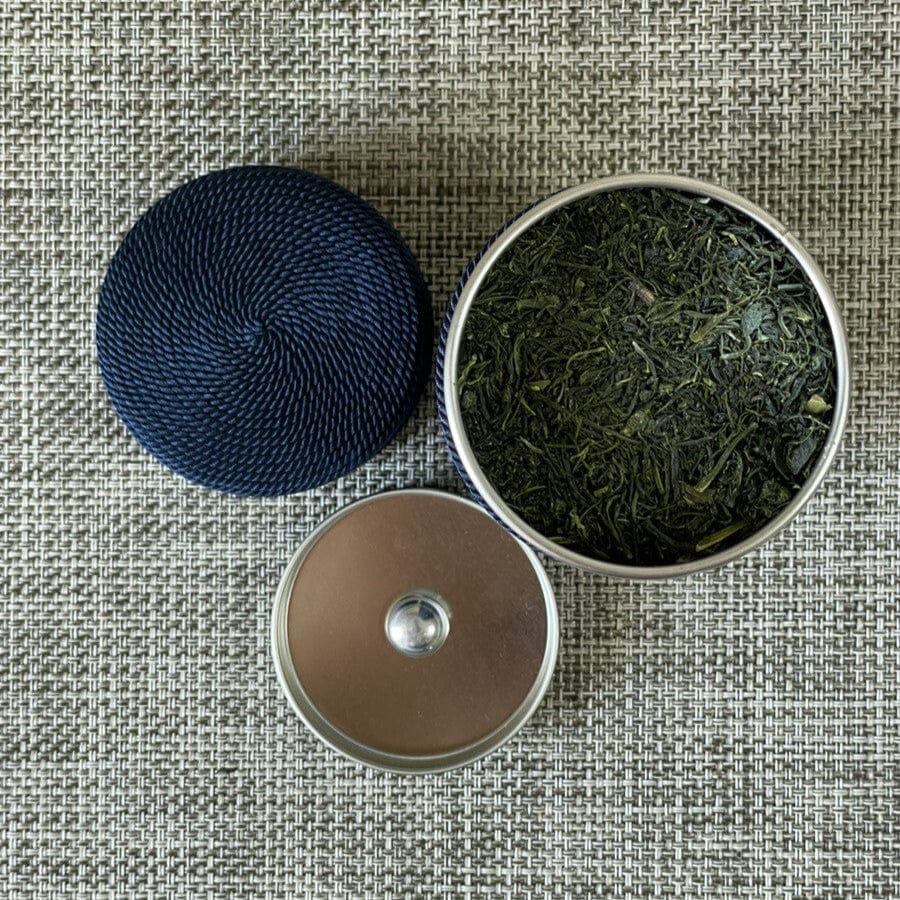
Share: